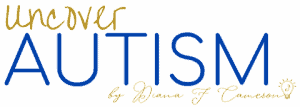You may be asking yourself “what is autism?” Autism, Autism Spectrum Disorder (ASD), or neurodivergence refers to a neurodevelopmental condition that affects behavior, communication, and social interaction. It is a spectrum disorder, meaning individuals with autism can have varying symptoms and challenges, from mild to severe.
Autism is a multifaceted neurodevelopmental disorder that affects individuals in different ways, but some characteristics are commonly associated with it. Common ones are:
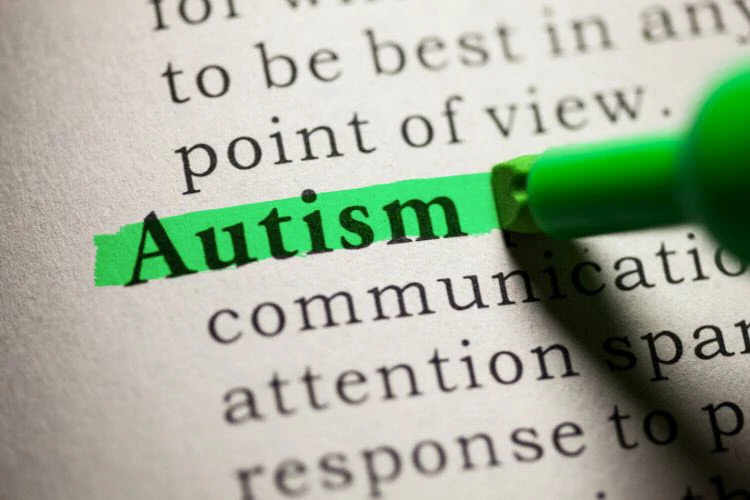
What is Autism: Difficulty with Social Interaction
People with autism often experience difficulty with social interaction, as they struggle to understand and interpret social cues, leading to challenges in forming relationships. They may have trouble initiating conversations or making eye contact, and they may also struggle with nonverbal communication, such as interpreting facial expressions or body language.
Repetitive Behaviors and Routines
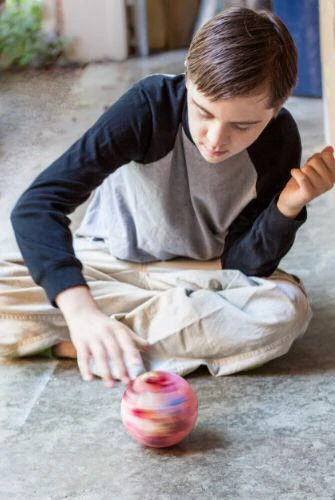
Repetitive behaviors and routines are common in individuals with autism. They may exhibit repetitive movements, such as hand-flapping, or may have a need for specific orders and sequences, leading to distress when disrupted. Routines offer a sense of comfort and predictability for individuals with autism.
Sensory Processing Difficulties
Many individuals with autism experience sensory processing difficulties, making it hard to process and respond appropriately to sensory information. They may be oversensitive to certain textures, sounds, or lights, which can be overwhelming, or they may be under sensitive to certain stimuli, leading to a need for intense sensory experiences.
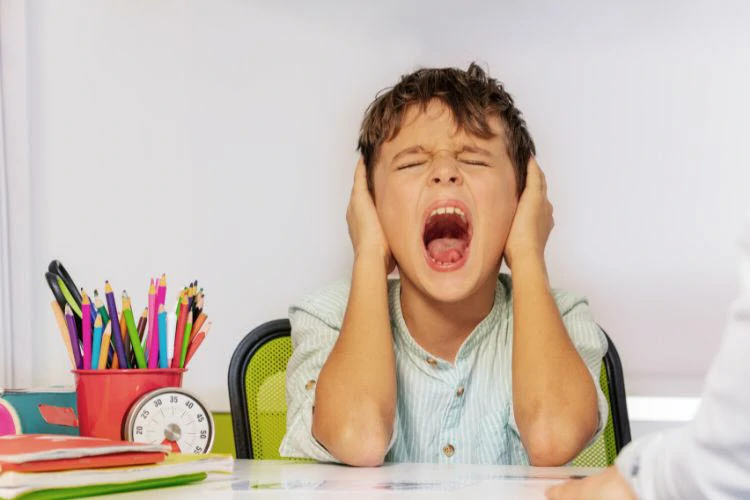
In addition, individuals with autism may struggle with both verbal and nonverbal communication, leading to communication challenges. Also, they may have strong interests or fixations on specific objects or topics, excluding other topics or activities.
Two other characteristics associated with autism include communication challenges and restricted interests or fixations. Individuals with autism may find it difficult to use and understand verbal and nonverbal communication and may rely heavily on nonverbal cues like gestures.
People with autism often have strong interests in particular topics or objects and may spend much of their time engaged in or talking about these interests to the exclusion of other activities. In summary, autism is a complex and multifaceted disorder with several characteristic features, including difficulty with social interaction, repetitive behaviors and routines, sensory processing difficulties, communication challenges, and restricted interests or fixations.
What is One of the Earliest Signs of Autism?
One of the initial indications of autism spectrum disorder (ASD) in infants is a deficiency in social response. Infants diagnosed with ASD may not respond when their name is called or may not engage in eye contact or social interaction as expected from babies with normal development.
They may also have a delay in speech and language development and exhibit repetitive behaviors or show intense interest in specific objects or topics. It is worth noting that early symptoms of ASD can vary and may be difficult to detect in some cases. Therefore, it is advisable to seek professional evaluation if there are any concerns about a child’s development.
Can You Tell if Someone Has Autism by Their Facial Features?
Autism cannot be diagnosed solely by looking at an individual’s facial features.
Autism is a neurodevelopmental disorder that affects social interaction, communication, and behavior. Diagnosis requires a thorough evaluation by a qualified healthcare professional, such as a psychologist, psychiatrist, or pediatrician, who will evaluate the individual’s developmental history, behavior, and communication skills.
Although some individuals with autism may exhibit certain physical features or facial expressions that are associated with the condition, these features are not diagnostic and vary widely among individuals. Therefore, a comprehensive evaluation is necessary to diagnose autism.

What Are the Signs of Autism in Babies?
The signs of autism in babies can be subtle and may not be immediately noticeable. However, parents and caregivers can look out for certain indicators, including:
- Limited or absent eye contact and social smiling: Most babies start making eye contact and social smiles by the age of 2-3 months. But, babies with autism may not engage in social smiling or make eye contact.
- Delayed babbling: Babies usually start making sounds and babbling by the age of 6 months. But babies with autism may experience a delay or have no babbling.
- Absent or limited gestures: Babies with autism may have limited or no use of gestures, like pointing, waving, or reaching for objects.
- No response to name: Babies generally respond to their name by the age of 12 months. However, babies with autism may not respond to their name or may take a longer time to do so.
- Repetitive behaviors: Some babies with autism may engage in repetitive behaviors like rocking or hand-flapping.
It is essential to note that not all babies who exhibit these behaviors will necessarily have autism. Also, some babies without these behaviors may still be diagnosed with autism later. Parents and caregivers should share any concerns they have about their baby’s development with their healthcare provider, who can refer them to a specialist for further evaluation. Early detection and intervention can significantly improve outcomes for children with autism.
Will a Baby with Autism Smile?
Yes, it is possible for a baby with autism to smile, but they may have limited or no social smile. Some babies with autism may smile in response to certain stimuli such as tickling or being held, but they may not engage in social smiling or make eye contact with their caregivers.
It’s important to note that the absence of social smiling alone doesn’t necessarily indicate autism, as there may be other reasons for this behavior. However, if a parent or caregiver is concerned about their baby’s social development, they should talk to a healthcare provider who can assess the child’s development and provide appropriate support and interventions.
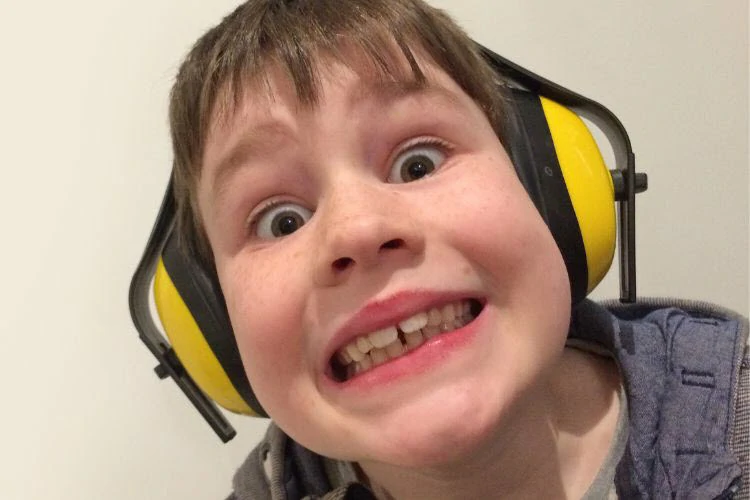
The Smile Difference: Autism vs Aspergers
Autism and Asperger’s syndrome are both disorders falling under the autism spectrum, yet they exhibit differences in the way they impact social communication and behavior.
One of the primary distinctions between autism and Asperger’s is that individuals diagnosed with Asperger’s may not have significant delays in language development and may possess better language skills compared to those with autism, who often encounter significant difficulties with communication and language. Another difference is that individuals with Asperger’s may have a narrower range of interests and may be highly focused on one or two specific topics, while those with autism may have a broader range of interests but may struggle with social interactions and communication.
When it comes to smiling, some individuals with autism may find it challenging to maintain eye contact and may not smile as frequently or in the same manner as individuals who are neurotypical. In comparison, individuals with Asperger’s may have fewer problems with eye contact and may smile more frequently, but they may still display atypical social behaviors. Nevertheless, it’s critical to note that each neurodivergent individual, regardless of whether they have autism or Asperger’s, is unique, and there exists a wide range of individual differences and experiences within each diagnosis.

Can You Identify Autism in a Two-Year-Old?
It is possible to detect signs of autism in a 2-year-old, although a formal diagnosis may not be possible at such a young age. Diagnosis of autism spectrum disorder (ASD) involves observing a child’s behavior and development, as well as gathering information from caregivers and conducting clinical evaluations.
At 2 years old, some behaviors that may indicate autism include:
- a delay in language and social interaction skills,
- difficulties with eye contact and communication,
- repetitive behaviors,
- a strong attachment to routines or specific objects,
- sensory sensitivities, and
- challenges with transitions or changes in their routine.
However, it’s important to remember that these behaviors alone do not necessarily mean that a child has autism, as each child develops differently and may exhibit a range of behaviors that fall within the normal range of development.
Each child is unique, and only a qualified healthcare professional can provide an accurate diagnosis of autism.
If parents or caregivers have concerns about their 2-year-old’s development or behavior, they should consult a healthcare professional or a specialist in child development. They can evaluate the child’s development and provide appropriate support and interventions, which can improve outcomes for the child and their family.
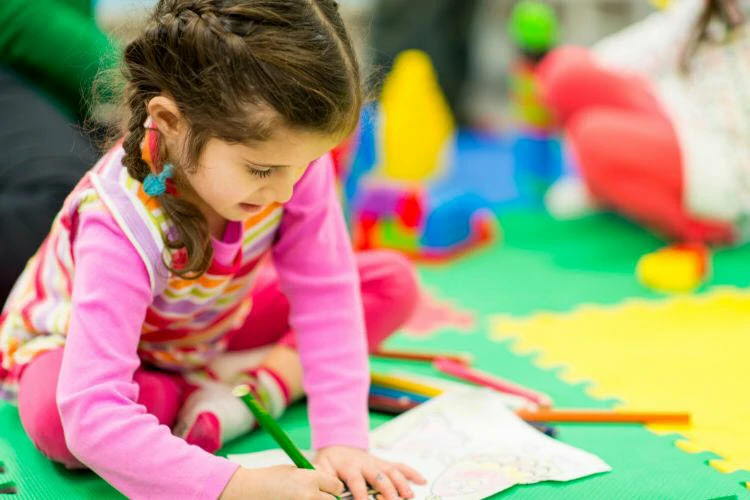
What Does Autism Look Like in Kindergarten?
Autism can manifest in a variety of ways in a kindergarten environment, as each child with autism is unique and may exhibit distinct symptoms or behaviors.
Some typical indications that a child with autism may display in a kindergarten classroom include:
- difficulties with social interactions and communication,
- repetitive behaviors or routines,
- sensitivities to sensory input,
- difficulties with transitions, and
- challenges with adapting to changes in their surroundings.
They may also encounter problems with:
- following instructions,
- struggle with imaginative play or make-believe, and
- exhibit intense interests or preoccupations with specific topics or objects.
Once again, it’s important to note, however, that autism is a spectrum condition, and each child with autism will possess their own set of strengths, difficulties, and behaviors.
A qualified healthcare professional or educator can provide customized insights and suggestions on how to support and accommodate the needs of children with autism in a kindergarten setting.
Can Your Toddler have Signs of Autism and Not be Neurodivergent?
It’s possible for a toddler to display indications of autism without having the disorder itself. Some developmental delays or behavior variations may resemble autism, but they could be caused by other factors such as hearing difficulties, a delay in speech or language development, or an intellectual disability.
In some instances, environmental factors such as a lack of stimulation or social interaction at home might cause the toddler’s behavior.
It’s important to note that early identification and intervention can be crucial for any child with developmental delays or behavioral differences, regardless of whether they have autism or not.
If you observe any concerns regarding your child’s development or behavior, it’s advisable to seek the guidance of a qualified healthcare professional or specialist who can carry out a comprehensive assessment to determine the cause of the symptoms and suggest the appropriate steps to take.

What are Signs That Your Toddler Doesn’t Have Autism?
It’s important to understand that each child develops differently, and there isn’t a definitive set of signs that necessarily indicate a toddler is not autistic. However, there are several general developmental milestones that could suggest typical development in toddlers:
- Social interaction: Typically developing toddlers tend to show an interest in other people and enjoy being around them. They may initiate social interactions by smiling, waving, or making eye contact.
- Communication: Toddlers without autism typically exhibit age-appropriate language skills, such as saying simple words or phrases. They may also understand basic instructions and respond appropriately to their name.
- Play: Neurotypcial toddlers typically engage in various play activities, both on their own and with others. They may show an interest in toys and games and use their imagination during play.
- Motor skills: Typically developing toddlers often demonstrate age-appropriate motor skills, such as crawling, walking, and running, as well as using their hands and fingers to manipulate objects.
It’s crucial to remember that each child develops at their own pace, and not meeting every developmental milestone at the same time as their peers does not necessarily indicate autism. If you have any concerns regarding your toddler’s development, it’s best to seek the advice of a qualified healthcare professional or specialist for an evaluation.
In conclusion, if you have concerns about your child’s development, it’s important to take action and seek professional advice at the earliest opportunity.
Early identification and intervention can have a significant impact on the outcomes for children with autism, as it enables them to receive the necessary support and services to help them achieve their full potential.
A qualified healthcare professional or specialist can carry out a thorough assessment to determine whether your child has autism or any other developmental condition and recommend appropriate treatment or therapy options based on their unique needs.
It’s important to keep in mind that every child is different, with their own strengths, challenges, and potential, and with the right resources and support, children with autism can thrive and live fulfilling lives.
In her latest book “Insights into Autism“, Diana F Cameron draws on over 30 years of experience in the field of autism to offer a compassionate and insightful look into the world of neurodiversity. Her extensive knowledge and expertise make her a trusted authority, and her latest book is an informative approach to understanding the unique needs of individuals with autism. In this article, you’ll benefit from Diana’s expertise and insights, gaining a deeper understanding of what autism is and what it means to be neurodivergent. Whether you’re a parent, educator, or simply interested in learning more about this complex topic, you can trust in Diana’s expertise to offer a compassionate and informative perspective on this important subject.
